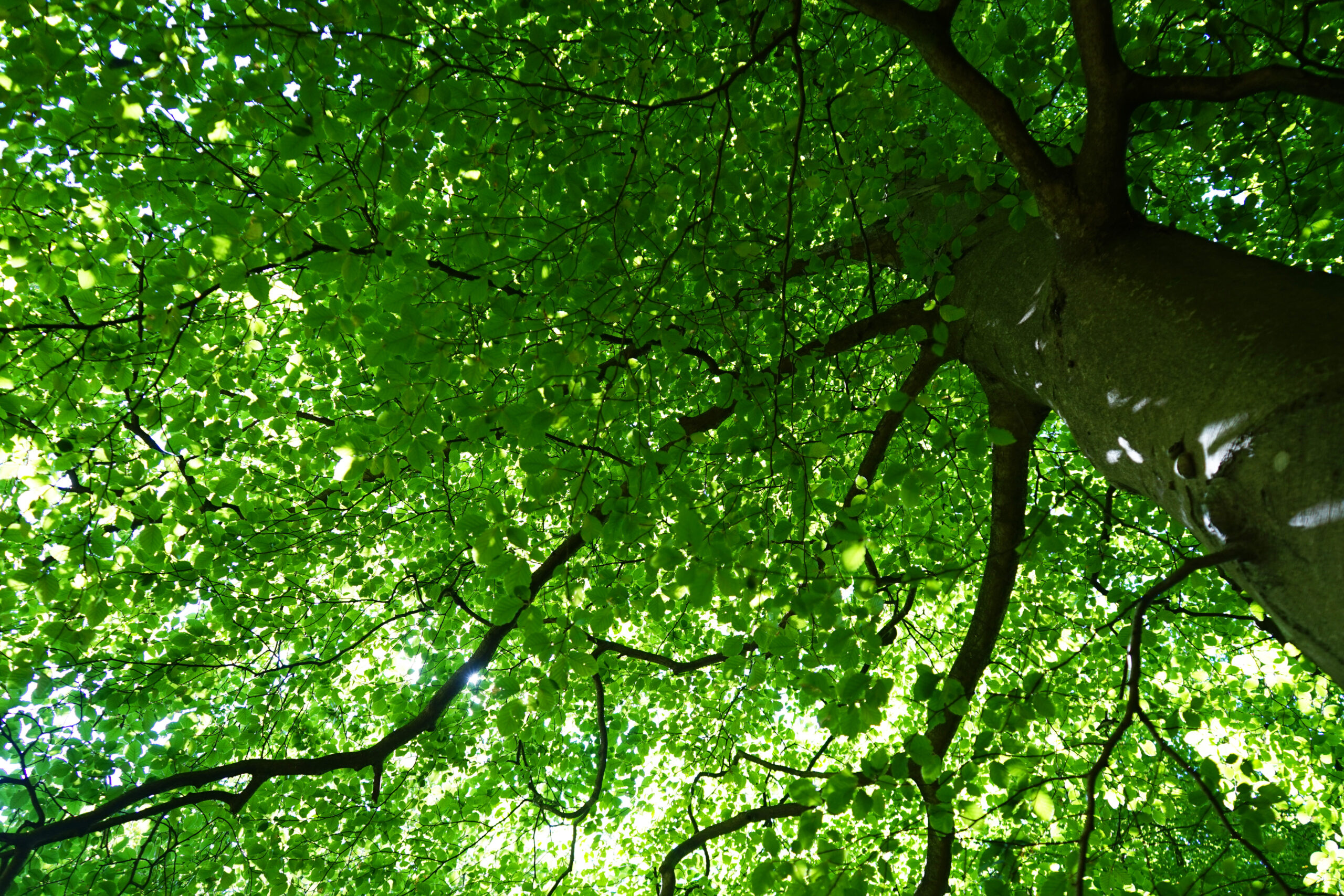This year I’ll be discussing the main elements of a garden and their role in the design.
And this is the first of the series of articles, starting with trees – the backbone of every garden!
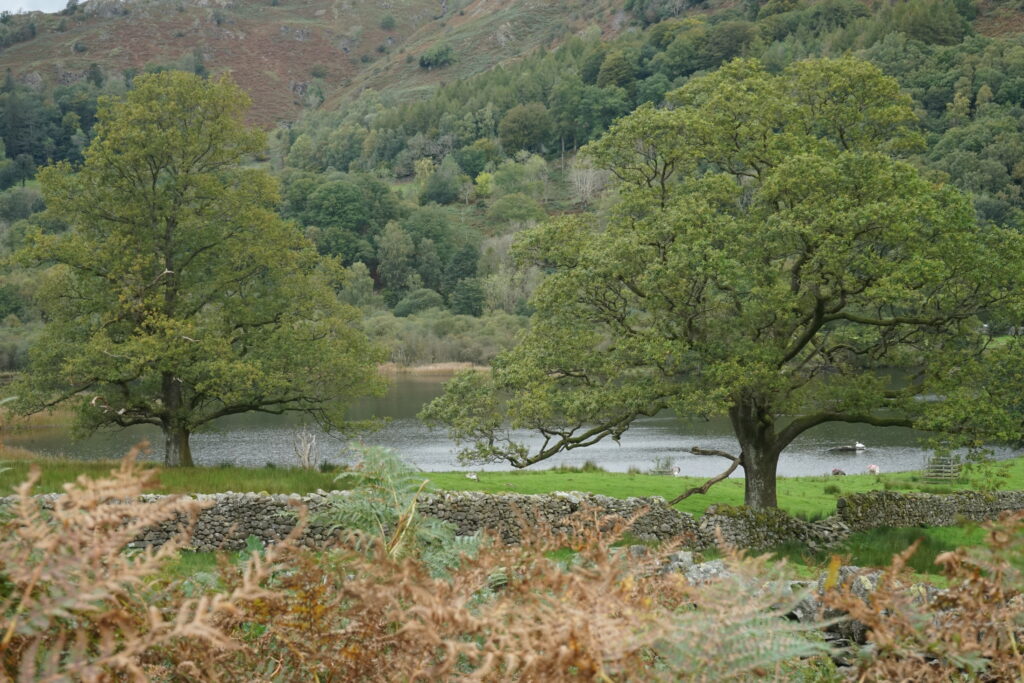
Why are trees an important element of a garden?
There are many reasons, of course, why we should plants trees in our gardens, whenever possible.
The most obvious environmental benefits include their ability to improve air quality, maximise biodiversity, and mitigate the effects of extreme weather by providing shade and helping with dissipating of surface water.
However, as a garden designer, I also think of trees in terms of their visual and spatial impact on the garden.
In short, I use trees in my designs because they can:
- act as the backbone of a space, however small or large, giving the garden structure and coherence
- anchor the less dominant elements of the garden due to their size and permanence – you could say that they have presence, which many other garden plants lack
- provide interest throughout the year with their beautiful flowers, fruit, autumn colour and sometimes also colourful or textured bark, and interesting branch structure…
From a more practical point of view, trees can provide shade, a sense of enclosure and privacy screening from neighbours.
They can also be used to mitigate an ugly view or traffic noise, direct sightlines or help the garden to blend into the surrounding landscape more easily.
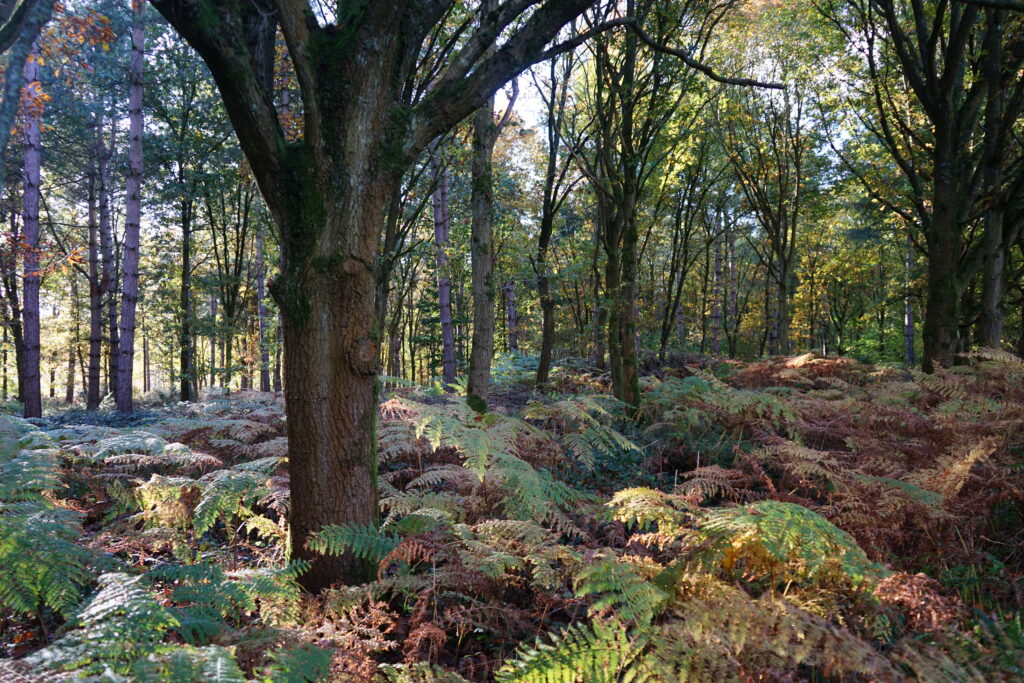
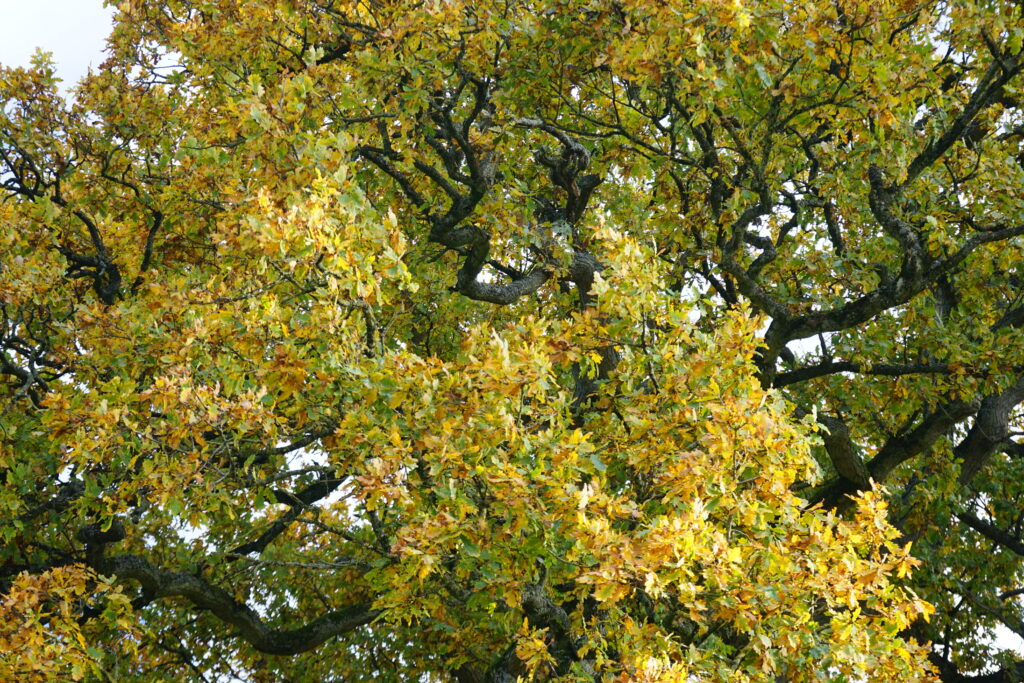
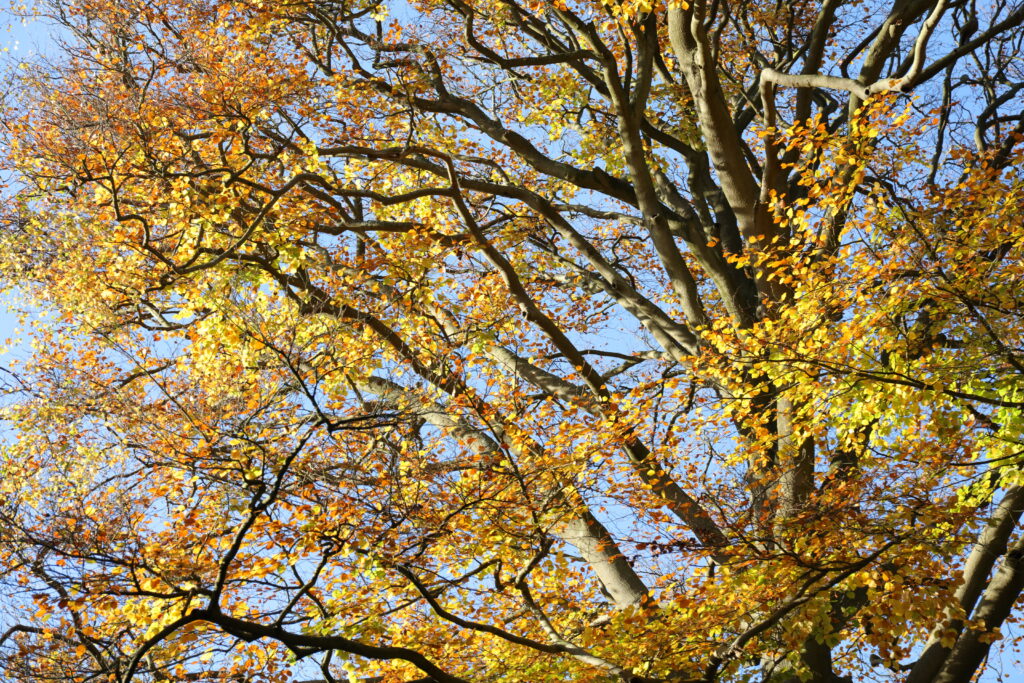
How to incorporate trees into a design?
First of all, you need to decide what roles different trees will take on in your garden.
Once you decided that, you can then start thinking about the size and type of trees which would be suitable for your project.
You need to think about the height and spread of the individual trees, the type of soil and climate they will need to cope with, and also their more aesthetic characteristics.
Many plant nurseries will let you browse their websites and use filters to narrow down the search results depending on your particular criteria.
It is also a good idea to talk to the nursery team if you are unsure about the suitability of your choices.
If you would like to research a particular tree, RHS provides a wealth of information on trees most suitable to our gardens here.
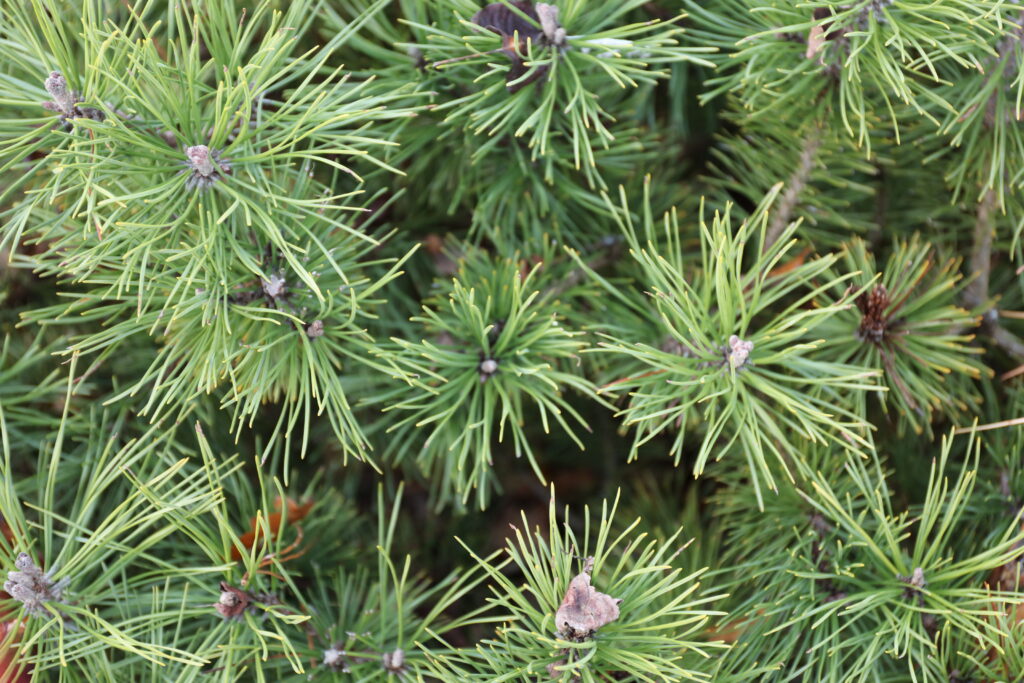
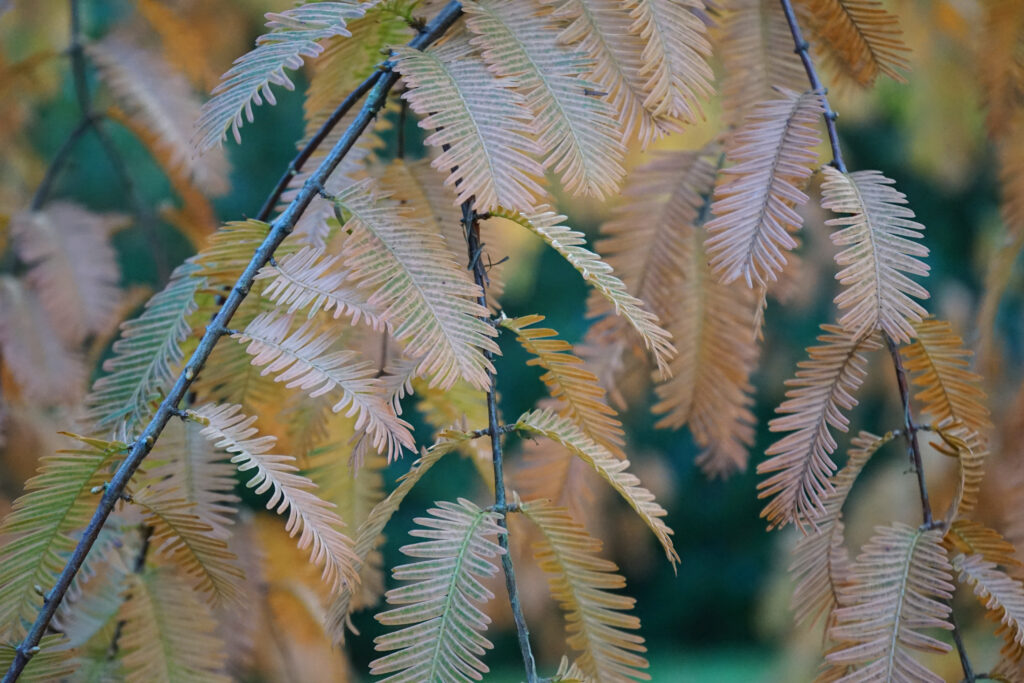
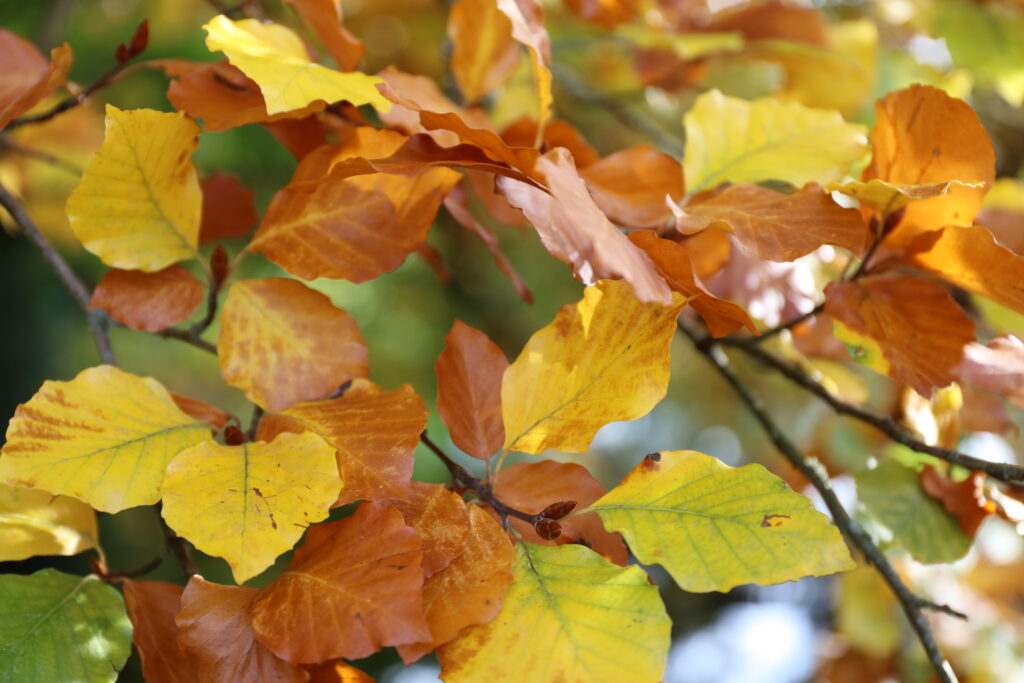
Things to consider…
It is important to remember that:
- trees will try to achieve their ultimate size and need plenty of room to thrive, so make sure that their roots will not interfere with the foundations of your house or any other buildings or structures in and beyond your property,
- leaf litter makes paved surfaces slippery in wet weather so take that into account when deciding where to plant your trees,
- fruiting trees can be messy and therefore may be a nuisance nearby parked cars, sitting areas, swimming pools or small formal ponds.
Top tips!
Take time to research suitable trees for you garden before going to a garden centre or a tree nursery.
It is so easy to end up buying trees on an impulse, which inevitably leads to regrets later on…
Finally, I would recommend that you:
- choose deciduous trees as shade trees, because they screen out the excessive sunlight in the summer, but let the needed warmth through in winter,
- think about how you want to group and space the trees around the garden regarding you garden’s style, i.e. informal groups or more formal arrangements,
- if you only have room for one trees in your garden, choose a tree which will look great all year round and serve as a focal point for the whole space

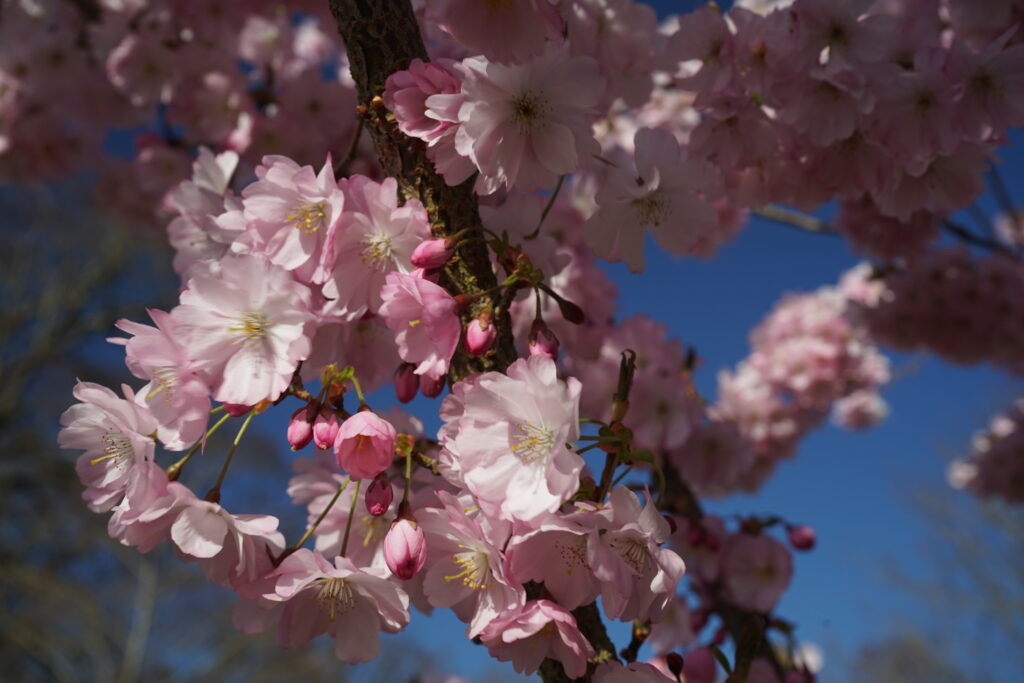
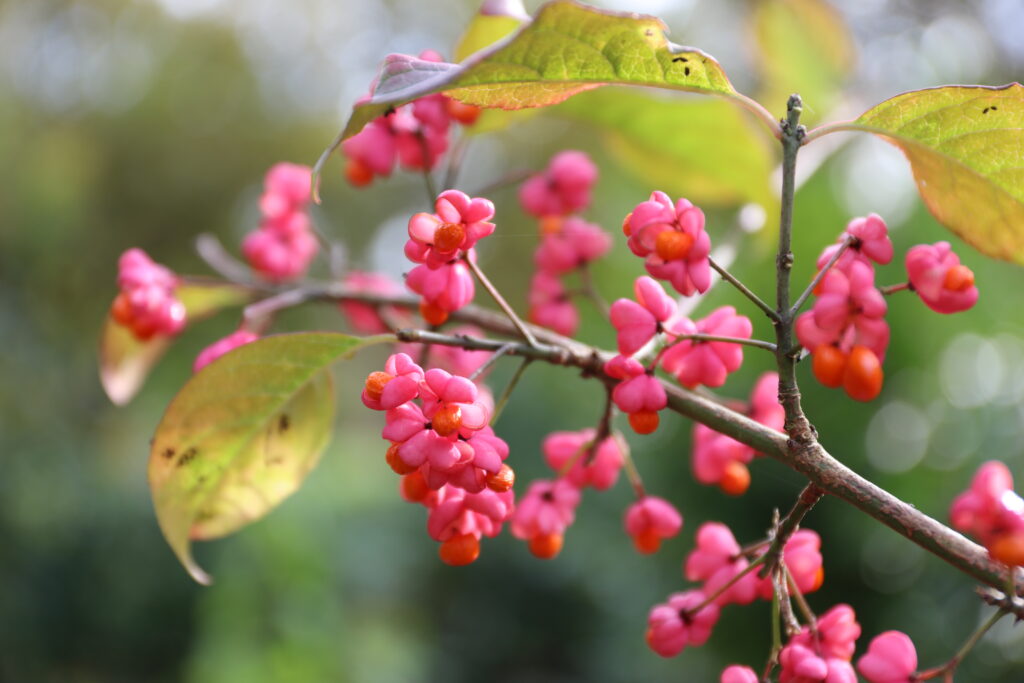
My favourite trees…
There are so many trees worth having in your garden, and so choosing just a few is not easy!
So here are the winning five for me…
Some are larger, others smaller, but they all are very special in one way or another:
- Amelanchier x grandiflora ‘Ballerina’ – small and pretty, with great autumn colour, so ideal for the small garden,
- Betula utilis subsp. albosinensis – one of the more interesting birches with multicoloured pinkish bark,
- Cornus kousa – a medium sized tree with elegant form and large white flowers in early summer,
- Crataegus persimilis ‘Prunifolia’ – lovely hawthorn tree with great fruit and autumn colour,
- Prunus serrula – red shiny peeling bark, especially beautiful in its multi-stem form backlit by low winter sun
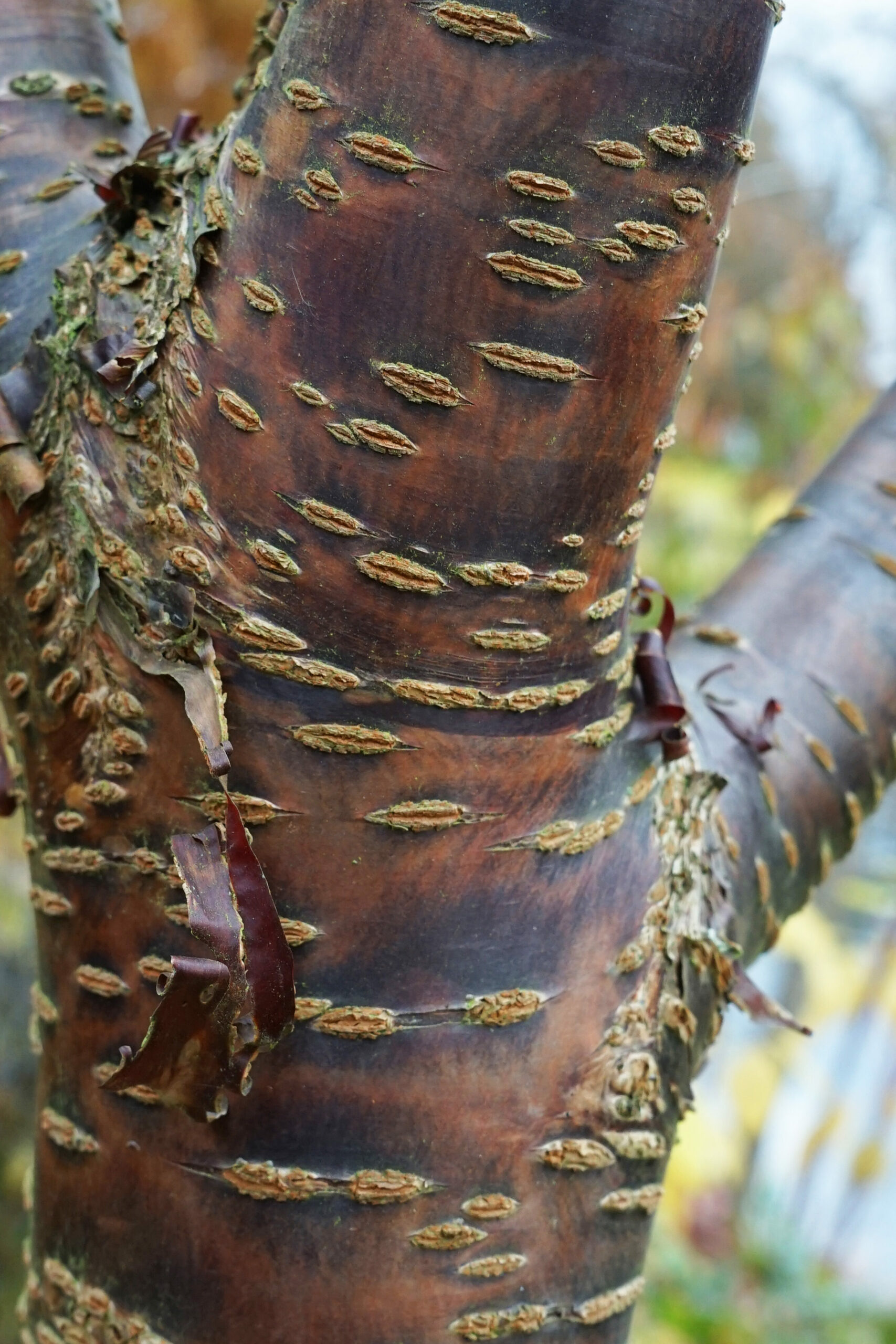
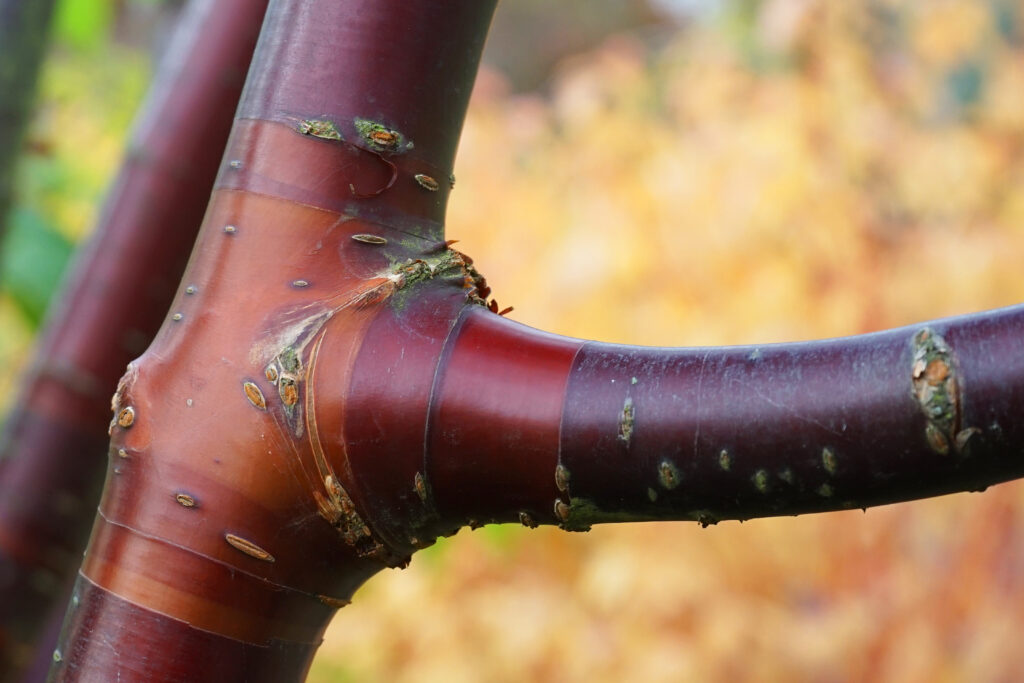
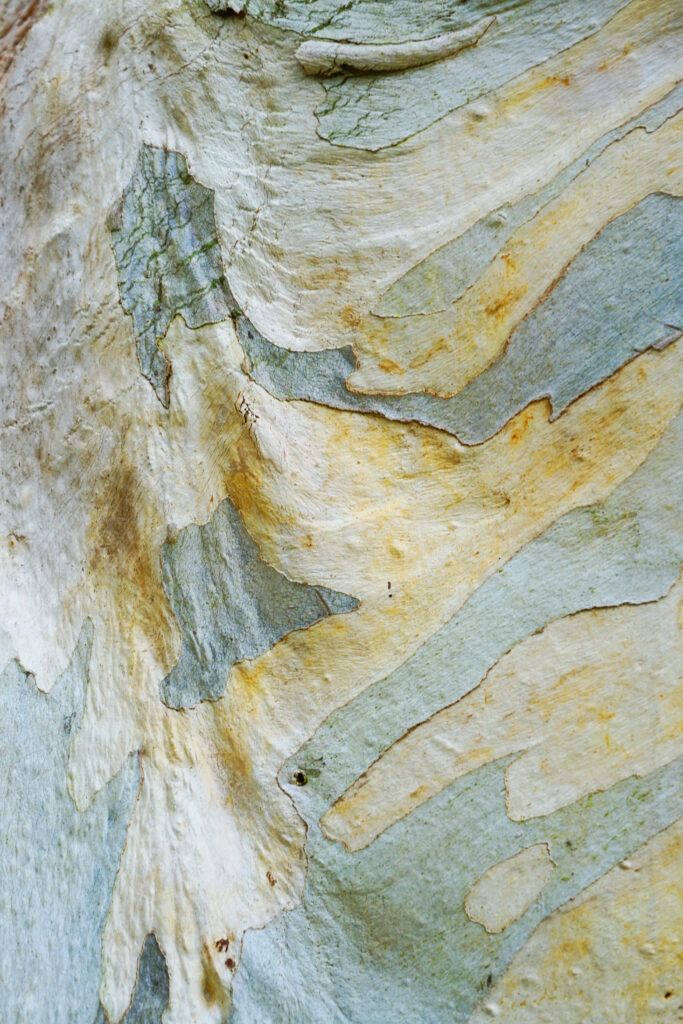
I hope that after reading this article you feel inspired and determined to plant at least one tree in your garden!
Another great way of using trees in the garden, is to create a mini version of a native landscape, such as a woodland edge…
And if you would like someone to help you make all the decisions, please contact us to arrange a consultation!

